Art therapy: getting the best out of children
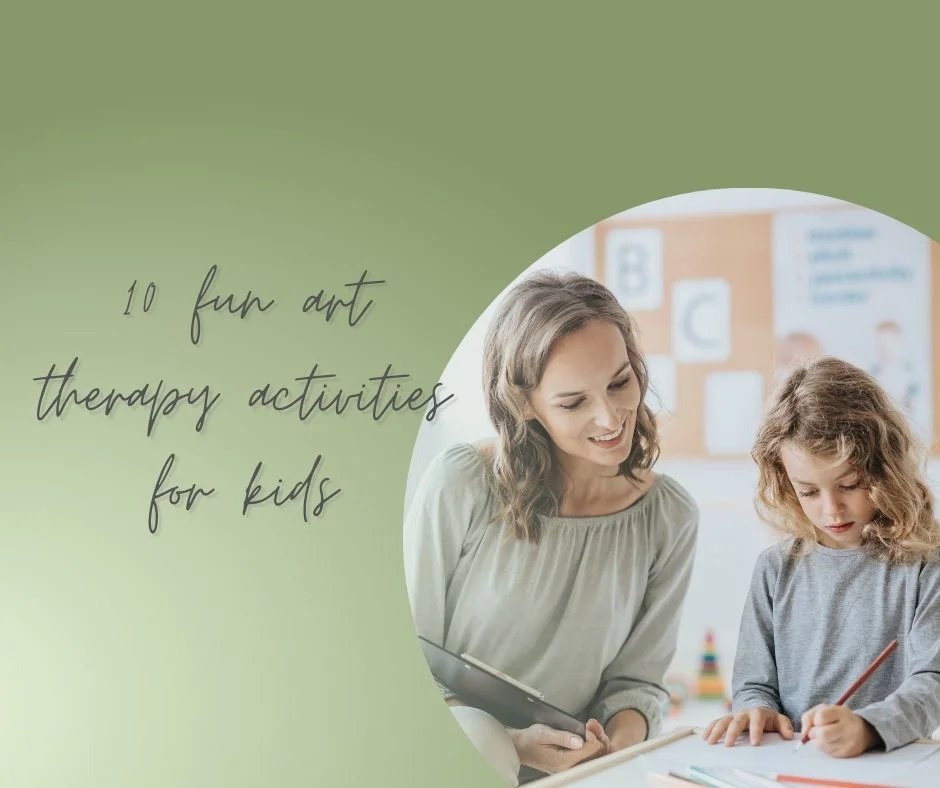
Art Therapy a treatment for depression
We are all creative beings. People’s creative minds caused them to reach the top of the highest mountain in the world, plant a flag on the moon, fly into space. Our creativity produced inventions that changed human history and culture, such as the computer, the Internet, the cell phone, the TV, X-ray machines and a long list of other innovations. All of these are the end result of human creativity.
Children and Art Therapy
Suffice it to say that creativity produces works of art, which in turn play a major role in our daily lives. We can see them in almost every corner, room or walls around us. Art has been used as a visual means of communication and expression since prehistoric times. Art speaks of originality, individuality, a creative process, graphic materials, colors, textures, spontaneity, risk, alternatives, and imagination. But art is not just for creative minds or famous painters. It is also a healthy way to express the way we feel and deal with our emotions. Art has been central to the healing practices of many cultures throughout much of human history. Over time, art has been developed as a tool for psychological diagnosis and treatment called art therapy.
According to the American Art Therapy Association, art therapy is a method that uses art media, imagery and the creative art process to help a patient address problems and conflicts. Art Therapy is based on knowledge of human development and psychological theories applied across the full spectrum of assessment and treatment models, including educational, psycho-dynamic, cognitive, transpersonal and other therapeutic means of reconciling emotional conflict. It is also used as a tool for promoting self-awareness, developing social skills, controlling behavior, solving problems, reducing anxiety, helping with reality orientation, and increasing self-esteem.
Art therapy and depression in children
The beginnings of modern art therapy can be traced back to the early 20th century, when psychiatrists first wondered about the connection between works of art and patients’ illnesses. At the same time, art educators began to observe how children’s free and spontaneous artworks were a form of personal storytelling that conveyed emotionally and symbolically meaningful messages. These two areas of interest eventually led to the creation of the separate discipline of art therapy in the 1930s. During the second half of the twentieth century, art therapists became increasingly organized, with the establishment of graduate programs, professional associations, and journals.
A variety of art therapy methods are used in art therapy. These methods or areas of expertise include: music therapy, dance therapy, psychodrama, and film therapy. Other methods include speech therapy, relaxation therapy, photo therapy and poetry therapy.
Do children need to have special artistic skills to benefit from art therapy?
Art therapy has evolved into a form of counseling that extends the psychotherapeutic process to include visual and verbal expressions, intellectual insights and reflections of the client. Art therapy clients can deal with the same kinds of problems as in conventional talk therapies. They need not have special artistic skills or abilities to benefit from art therapy. However, clients do participate in therapy by creating with art materials in collaboration with the art therapist. The art therapist acts as a witness, guide and facilitator, helping the client express his or her unique creativity and then “translating” the creative language into meaningful avenues of exploration and personal insights.
Drawing, painting and sculpture help many people reconcile their inner conflicts, release deeply repressed emotions, and promote self-awareness and personal growth. Some mental health providers use art therapy as a diagnostic tool and as a way to help treat disorders such as anxiety, abuse-related trauma and schizophrenia. Art therapy sessions are also given to prisoners and HIV patients.
Can art therapy help with cancer?
Although there is relatively little scientific evidence that it helps people with cancer, many health experts believe it can encourage cancer patients to express their emotions, which could help them improve their relationships with others. It may also take away their thoughts and feelings of pain and discomfort.
Art appears to be a great help, especially for a depressed individual. Through art, they can discover their anger and express it in a healthy way. In one study, art therapy was used with suicidal teens, and the results showed that it had positive effects as part of an overall treatment plan. Teens with depression are often held back on their path to independence and a secure self-identity. Therefore, providing a safe outlet for the distress caused by depression is very helpful. With the creative process of art therapy, negative factors that cause depression, such as guilt, worthlessness and hopelessness, are gradually addressed.
Can art therapy be an effective and creative way to help someone on their path to self-knowledge and emotional health?
When combined with other interventions to treat depression, art therapy can be an effective and creative way to help someone on their path to self-knowledge and emotional health. The goal is not to focus on creating a masterpiece. The important thing is to focus on the creation itself. The images that are produced can help the individual come to a new and different understanding of how he thinks and feels, and this knowledge can be the tool that helps him unlock his inner happiness.
Emotional disorders such as depression, anxiety and stress overload result from the loss of contact with one’s own thoughts and feelings. One way to get back in touch with these thoughts and feelings is through the use of art. Art therapy provides a sense of accomplishment, pleasure and personal expression to those who are interested in simple relaxation and self-discovery.
If you are interested in art therapy, be sure to read more about it and also sign up for our course.
If you are really interested in a career in art therapy, continue reading this post and you can get my free Introduction to Art Therapy Ebook.
Thanks for reading and until next time!

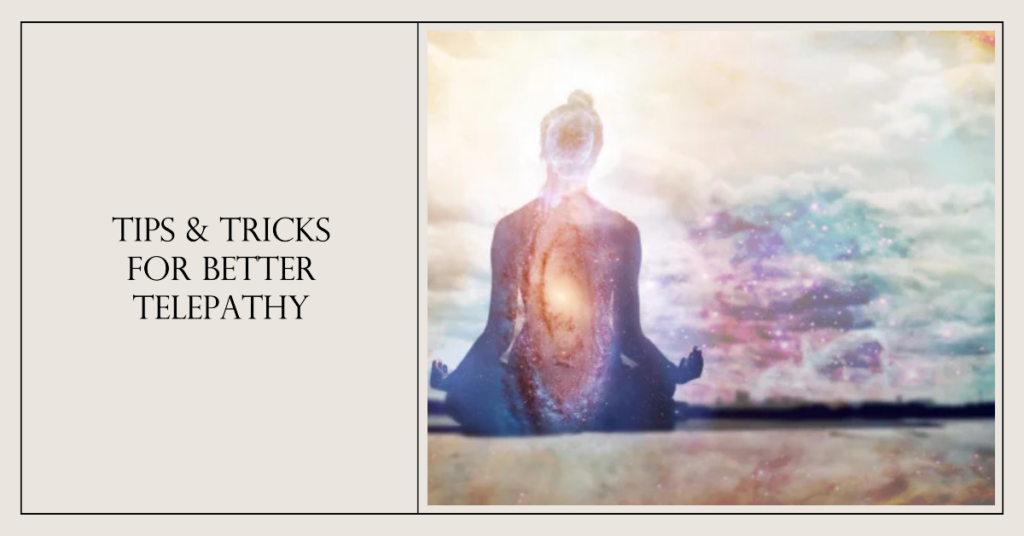
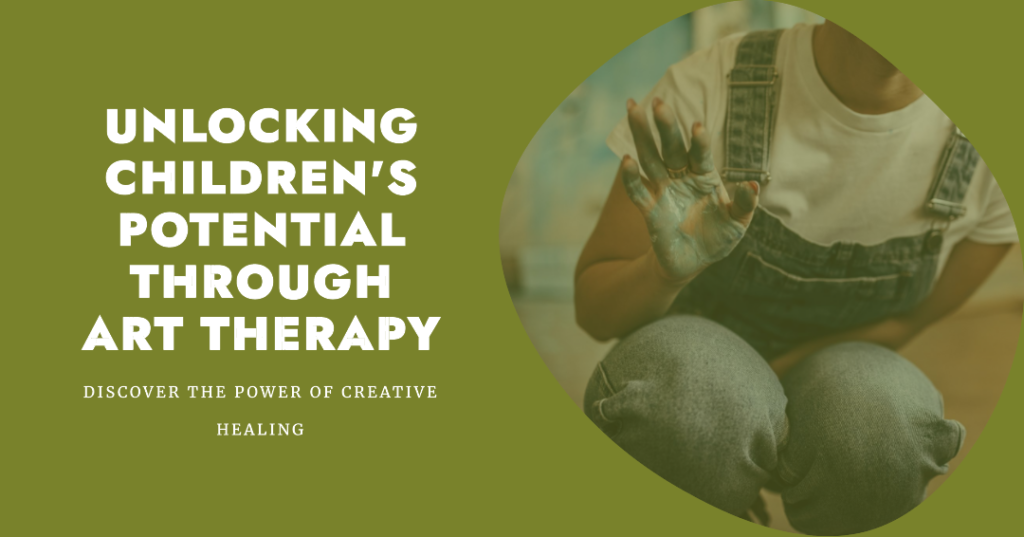

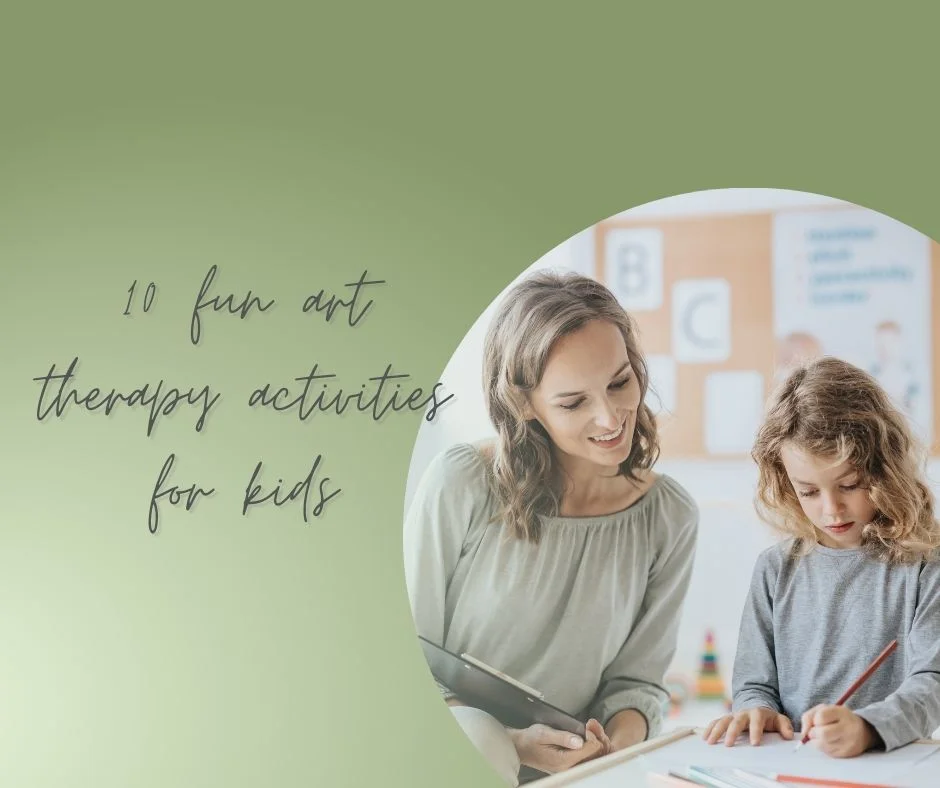
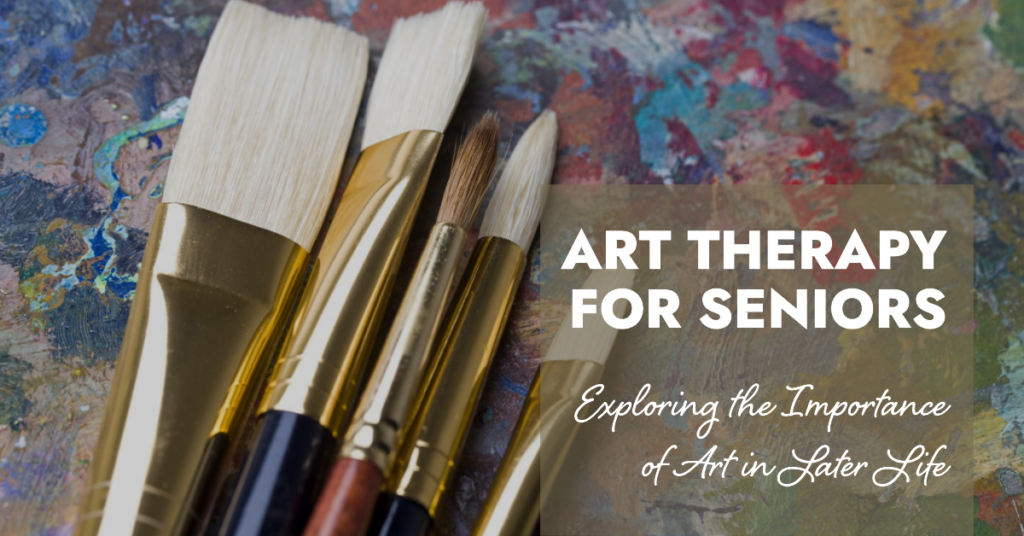




Réponses